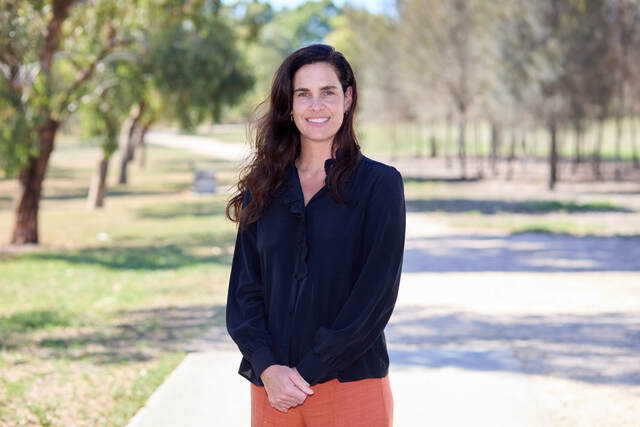New research has demonstrated a stark contrast between fatality rates in younger and older cyclists in Australia.
Cycling deaths are slowly declining in Australia, but fatalities involving single riders and older people are on the rise.
Analysis of the 1294 cyclist fatalities recorded in Australia over the last three decades shows cycling deaths slightly decreased overall by an average of 1.1 per cent annually. However, fatalities in those aged 60 years and over increased by 3.3 per cent annually over the same period.
The research, conducted by scientists from UNSW Sydney and published today in the journal Injury Prevention, also shows a significant increase in single-vehicle cycling deaths – fatal accidents involving cyclists just by themselves. The number of single bicycle fatalities increased by 3.7 per cent per year for all cyclists and 4.4 per cent per year for those aged 60 years and older.
Injury epidemiologist and Director of UNSW’s Transport and Road Safety Research Centre Associate Professor Soufiane Boufous said the results of this study show a stark contrast in trends of cycling fatalities between those aged less than 60 years and older age groups, particularly for single-vehicle fatalities.
For the study, the researchers analysed trends by age in national cycling fatalities recorded between 1991 and 2022 from data reported by the police to state and territory road safety authorities.
Adjusting for population, mortality rates per 1,000,000 showed an annual decrease of 3.5 per cent for cyclists under 60 years. Meanwhile, deaths increased by 0.5 per cent annually in the over 60 group over the study period.
Associate Professor Boufous said the rise in cycling fatalities among those aged 60 years and over seems to be related to the ageing of the population rather than an increase in cycling participation.
“Though one of the challenges is we don’t have a lot of great data on just how many people are cycling,” he said.
“Part of it is older people are frailer, so if they do have an accident, they’re more likely to sustain and die from serious injury.
“Older cyclists may also be more likely to underestimate the likelihood of severe injuries due to single-bicycle crashes, so it is essential to raise more awareness of these risks.”
The proportion of cyclist fatalities for over 60s in Australia increased from 8.6 per cent of all cycling deaths in 1991 to 45.7 per cent in 2022.
When examining trends in the number of older cyclist deaths by crash type over the study period, those that occurred following single-vehicle crashes increased by 4.4 per cent year on year, more than double the annual rate of increase in older cyclist deaths from multiple-vehicle crashes at 2.0 per cent.
Associate Professor Boufous said during the 1990s, about one in 10 older cyclist deaths in Australia were associated with single-vehicle crashes, while that figure has been nearly one in 3 since 2010.
“It seems to reflect a worldwide trend that has also been observed in several European countries where cycling is more popular,” he said.
The increase in older cyclist fatalities from single-bicycle accidents is likely related to the increased use and availability of dedicated cycling infrastructure built over recent decades.
Deputy Director of the Transport & Road Safety Research Centre Professor Jake Olivier said segregated cycling lanes separate cyclists from motorists and reduce the likelihood of multi-vehicle cycling fatalities, but it doesn’t necessarily reduce single-vehicle fatalities.
The researchers also recommend governments collect more data on cycling participation rates in Australia to help better plan for demand.
Professor Olivier said the safety concerns need addressing if we want more people to cycle, and we should if we care about the environment, climate change, pollution and general health and wellbeing of the population.
“To do that, we need more mobility surveys funded by the government to better understand the needs of cyclists and improve the design and maintenance of cycling facilities,” he said.







